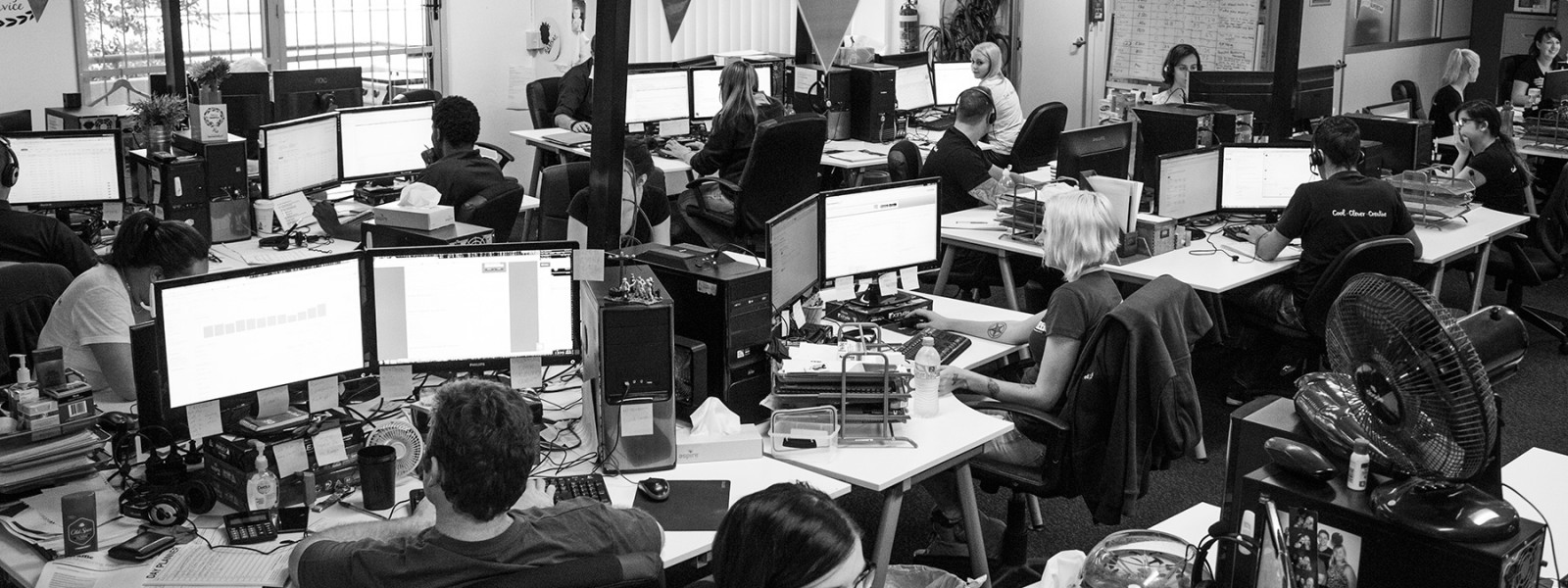-
Traffic
Get More Traffic
SponsoredLinX offers a number of different services to help drive more qualified traffic to your website. Google Ads Management Search Engine Optimisation Microsoft Ads Facebook Advertising Google Ads Mobile“SponsoredLinX are a rarity in today’s market place, they promise a lot but deliver more. Our business has grown by over 400% in one month; we are amazed at the difference they have made.”
-
Conversion
Convert More Leads
Our second step is making sure that your website is able to convert the traffic you receive into leads for your business. Optimising your website to convert more leads is important to a profitable campaign. Web Development Convertopages Do It For Me eCommerce“I just want to say thank you! The changes that you have applied in our AdWords campaign have definitely seen an improvement on click quality and sales for HippityHop.”
-
Retention
Retain Your Customers
As you build up a customer base you need to make sure to keep engaged and retain your relationship. LinX App“SponsoredLinX fully redesigned our main company website with a fresh, clean and professional look. The ‘Google friendly’ web design were part of the fantastic ongoing service we received.”
Learn from the Best Social Media Accounts in the World of Sport.
 Social media use during live sporting events is increasingly becoming a stand-alone drawcard. In relation to two recent sporting events, the Australian Open and the Super Bowl – their social media accounts are some of the best in the world. We take a look at some of the techniques they use and how you can apply them to your own social media strategy.
Social media use during live sporting events is increasingly becoming a stand-alone drawcard. In relation to two recent sporting events, the Australian Open and the Super Bowl – their social media accounts are some of the best in the world. We take a look at some of the techniques they use and how you can apply them to your own social media strategy.
Even though you may not be an official partner of a specific sporting event, you can still jump on the band wagon. In the lead-up to the recent Super Bowl, “brands were able to craft content relevant to the [game] that resonated across social media channels…keep it simple, but tie it back to your brands’ message,” (SocialTimes 2015).
“Twitter generated over 28 million global tweets, making it the most tweeted Super Bowl ever” (Langer, 2015).
Though on a much smaller scale, though no less important for Australian social media audiences, The Australian Open witnessed 495, 871 tweets using the hashtag #ausopen.
Langer (2015) also talks about the lack of social media logos, like that of Twitter, Instagram and Facebook, were notably absent and instead were replaced with a smarter use of the hashtag. The hashtag is synonymous with social media and consumers do not need to be reminded of the popular social media platforms they use on a daily basis.
Consumer demands for information ‘now’ is increasing and particularly while people are watching live sporting events on TV. There is no longer only once screen in the lounge room – people will simultaneously switch between their television set, their smartphones and their tablets.
The difference between the social media use of the Australian Open and the Super Bowl (excluding the obvious size and scale) was that the Australian Open is held over a certain number of days, whereas the Super Bowl is the final of a long endured football season. That point within itself drastically changes the way advertisers and brands need to think about how their content can be viewed and shared on social media platforms. Bartley (2015) discussed that at the Australian Open the majority of content that was being generated was user-generated content. Instagram was a popular choice for this, given the nature of the platform, and Twitter as well with its ‘Tweet for a Treat’ vending machine. In comparison to the 2013 popularity of ‘checking-in’, this year was all about the hashtag; which is something businesses can certainly use to their advantage.
So while the internet begins to become a seamless aspect of our day-to-day lives the next step for digital interaction when it comes to live sport won’t just be for the audience at home, but the audience in the grounds of the stadiums where the action is actually happening (Cameron, 2015).

